|
It has become a bit of a tradition that my kitchen window participates in our village Adventkalendar. This year we opened on the 5th; that's when the Dutch celebrate St. Nicholas. So apart from my decorated window and large amounts of Glühwein, we also had pepernoten, speculaas and taai-taai. This year, I decorated my window with the Schwalm embroidery nativity. Having a partitioned window, we ended up with four scenes. If you would like to know how the figures were made, check out these older blog posts. More information on Schwalm embroidery can be found on Luzine Happel's website (available in German and English).
And since it has been quite the year for us, I am going to take a short break from blogging. In fact, this is my last post for this year. Thank you for your support and have a marvellous Christmas and a happy new year! See you on the 8th of January with a brand new blog post.
15 Comments
Today I am going to write a bit about my love affair with Schwalm embroidery. You see, I can pinpoint exactly where I encountered this pretty whitework embroidery technique for the first time. Not in its native Hessia, one of the federal states of Germany. Nope. It was Inspirations issue 69 in the spring of 2011. The beautiful 'Sense of Place' by Luzine Happel featured hearts, sunflowers and tulips filled with pretty patterns. I so wanted to learn this embroidery technique! But, I had never done any whitework embroidery other than a huge Richelieu window pane featured in an embroidery special of the Dutch Libelle. Luckily, I had just started my Royal School of Needlework Diploma course. And it happened to include a whitework module. Little did I know that they had never heard of this type of embroidery. And my tutors weren't thrilled at the prospect of teaching me something they were not familiar with. So I ended up with a whitework sampler featuring only a little bit of true Schwalm embroidery. And yes, I didn't like the prospect of an all-white piece either :). Now most of you will by now know that I don't like table cloths. Although, to be honest, there is nothing wrong with these pieces of textile. It is just that when I tell people that I embroider for a living, THEY picture me amidst heaps of neatly stacked embroidered table cloths. Now that gives me goose bumps. But for the wrong reasons. It truly freaks me out. Embroidery is so much more than just a means to adore a table cloth! Instead, one of the Schwalm-things I made was a nativity scene to be hung in front of my kitchen window. It is an ongoing process and I hope to add camels, a donkey and an ox this year. And although I like white, I like colour better. White reminds me of those pretty shoes I once had as a girl. They were lovely, but not so white for long. The same with those pretty lacily white stockings me and my younger sister wore under our Sunday dresses as girls. They attracted dirt like nobody's business. So in came the use of colour in my Schwalm embroidery projects. Now, traditional Schwalm embroidery is done with cotton a broder. A not so shiny non-strandable cotton thread. It is nice, but cotton perle and silk threads are nicer. Or at least in my opinion they are. I especially like to use variegated threads as they form pretty colour patterns when used with the many different Schwalm filling stitches. So, by now, I had changed the colour of things, the materials and the stitching topic. What's next? How about adding a stumpwork technique to the mix? Using wired elements with Schwalm embroidery really tickled my fancy! It looks so elegant and yet isn't too hard to create at all. But I wasn't quite finished yet! How about one shrinks the butterfly? For instance, until it fits a tiny 4cm Dandelyne wooden hoop. Thanks to my training in Appenzeller whitework embroidery, I knew that you can add tiny filling stitches (some the same as in Schwalm embroidery; after all there is only so much you can do with a blank grid) into a tiny grid of withdrawn threads. Born where the elegant butterfly pendants! Still using original heritage skills, but sans the table cloth. After weeks of stitching (one butterfly takes about six hours to create), I now have a colourful bunch of lovely butterfly pendants.
If you would like to know more about the traditional form of Schwalm embroidery (including its use on folk costumes), check out Luzine Happel's website and blog. Also available in English. Luzine self-published a whole library on Schwalm embroidery. These are very good books if you want to learn this pretty whitework technique. I highly recommend them! The books are available in German, English and even French. Happy stitching! Many people visited the opening, with mulled wine and mince pies, of our Advent window yesterday. During the four weeks of Advent, each evening a decorated window is opened somewhere in Bad Bayersoien. Although refreshments are only served at openings, you can visit the windows until the 10th of January. This year, my window also contains a star, two new sheep and an angel. I hope to add a few new figures each year. Ox, donkey and at least one camel for the Magi are next on my list. It was lovely to hear all the praise for my husband's designing skills and my stitching. I apologise for the poor photo quality; the window is extremely difficult to capture. Above you can see the Holy Family stitched in a combination of traditional Schwalm white work techniques and goldwork embroidery. If you click 'Nativity' in the categories list on the right, you'll see past blog entries on the making of these figures. They are easy to stitch and the technique can be used to stitch a whole variety of figures. Easter Bunny window anyone? This will be my last blog entry for 2015. Don't worry, I'll be back in 2016! It has been a good year for me, my husband and our two dear cats. The later wracked a few things in the house and killed off a large proportion of the local fauna. Their raffinesse at combining mischief with looking adorable is unsurpassed. Me and my husband very much enjoy thinking up new embroidery designs. You will have the pleasure of seeing two new ones in the first blog post for 2016! This year I made new friends, both personal and through stitching. I very much enjoy the interaction with you, dear reader, through my blog, via email and when I teach. I treasure these pleasurable encounters. After all, blessed memories are the greatest treasure of all, don't you think? Merry Christmas & Happy New Year!
Wow, the year 2014 has flown by. Christmas is upon us and in a few days we welcome the year 2015. And what a year 2014 was! For me personally, it was such a relief after the downright shitty year 2013... This year saw a wish come true when I moved back to Germany. I love my new life in the quintecential Bavarian rural village. Can't wait to up the stakes in my vegetable plot for 2015 (Dear snails, you're warned!). In the past year, I made many new friends and I was fortunate to meet up with some very talented stitchers. Nadel & Faden in Osnabrück was a huge success for which I am very grateful. I worked on a number of lovely stitching projects of which the nativity scene above is the most recent. 2014 also saw the start of a new line of embroidery kits and workshops. I came into contact with the very creative bunch at ArtTextil in Dachau and learned a new thing or two during their workshops. And I set up my own profesional embroidery course in which currently three enthousiastic ladies have enroled. What will 2015 bring embroidery-wise? Well; quite a lot to be honest! There will be at least one more beetle embroidery kit to come out. I will hopefully make my debut as an embroidery tutor for ArtTextil. Me and my husband will man our stand at Nadel & Faden in september. And I will start stitching some larger projects pretty soon so I have something new to show in Osnabrück :). Closer to home, I will host a series of informal stitching workshops in the village. Recent years have seen a renewed interest in the embroidery on the traditional Bavarian costume. I am more than happy to share some insider tips and tricks and pick a few up along the way too! Let's move on to the thank-yous. A huge thank you to all my customers, old and new, who put bread on my table. Please keep up the good work! And another huge thank you to all those people who supported me through the past years with their kind comments on my work. You have no idea how much that is needed every now and then. Please, keep them coming in the new year too! Last but not least, I would like to thank my dear husband for making it all possible. I could not do what I love and do best without his support. Thank you so very much! Merry Christmas & a happy New Year!
You have seen my lovely nativity figures in the previous post and now you want to make your own? Fantastic! Here are the general instructions. I am using 36ct natural linen even weave from Zweigart as my embroidery fabric. This guarantuees that I get a nice smooth and strong edge for my figures. And once the threads are cut, my embroidery grid is fairly fine so that the filling patterns look like lace. Using an aqua trick marker and a light box, I transferred the patterns onto the fabric. The embroidery is executed with one strand of Anchor coton a broder #25 in navy blue (224) and light blue (237). In order to keep both hands free and my work taut, I am working using a seat frame.
Now it is time to cut out the good shepherd. It is best not to aim for a close cut end result immediately. Cut him out a bit bigger and get closer to the buttonhole edge bit by bit. Again, don't panic if you cut a buttonhole stitch. Keep calm and put some white glue on it. Let it dry and nine out of ten, you don't need to repair it any further by placing a few fresh buttonhole stitches on top. I don't wash my finished figures, but I spray them with a little water to get rid of the aqua trick marker. I hope you liked my blogpost on the making of a Schwalm shepherd. Have you tried anything similar? Please share it below with us! In the future, I would love to write a post on the work of my readers. So please don't be shy! My next blogpost will feature Christmas wishes and a picture of the finished result of my nativity scene.
The idea for my stitched nativity figures was born after seeing Christmas decorations over on Luzine Happel's website. She is a wonderful Schwalm embroideress and scholar. The names for the used filling stitches in each particular figure were taken from her books: Limetrosen 1 & 2 and Wickelstiche 1. In my opinion, Luzine's books are a must have for a well sorted embroidery library. You can order her books through her website. English and French versions are available (how cool is that?!).
I hope you liked my first blog post. In the next one, we'll take a shepherd as example to show you how these figures are embroidered. Until then: Happy Stitching!
P.S. Any comments are greatly appriciated :)! |
Want to keep up with my embroidery adventures? Sign up for my weekly Newsletter to get notified of new blogs, courses and workshops!
Liked my blog? Please consider making a donation or becoming a Patron so that I can keep up the good work and my blog ad-free!
Categories
All
Archives
July 2024
|
Contact: info(at)jessicagrimm.com
Copyright Dr Jessica M. Grimm - Mandlweg 3, 82488 Ettal, Deutschland - +49(0)8822 2782219 (Monday, Tuesday, Friday & Saturday 9.00-17.00 CET)
Impressum - Legal Notice - Datenschutzerklärung - Privacy Policy - Webshop ABG - Widerrufsrecht - Disclaimer
Copyright Dr Jessica M. Grimm - Mandlweg 3, 82488 Ettal, Deutschland - +49(0)8822 2782219 (Monday, Tuesday, Friday & Saturday 9.00-17.00 CET)
Impressum - Legal Notice - Datenschutzerklärung - Privacy Policy - Webshop ABG - Widerrufsrecht - Disclaimer

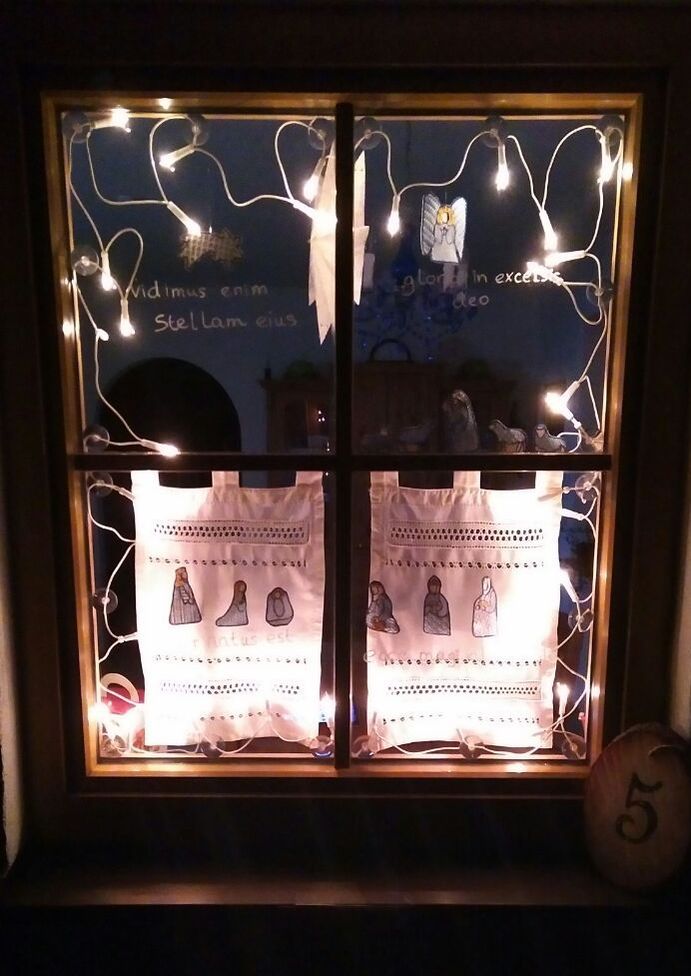
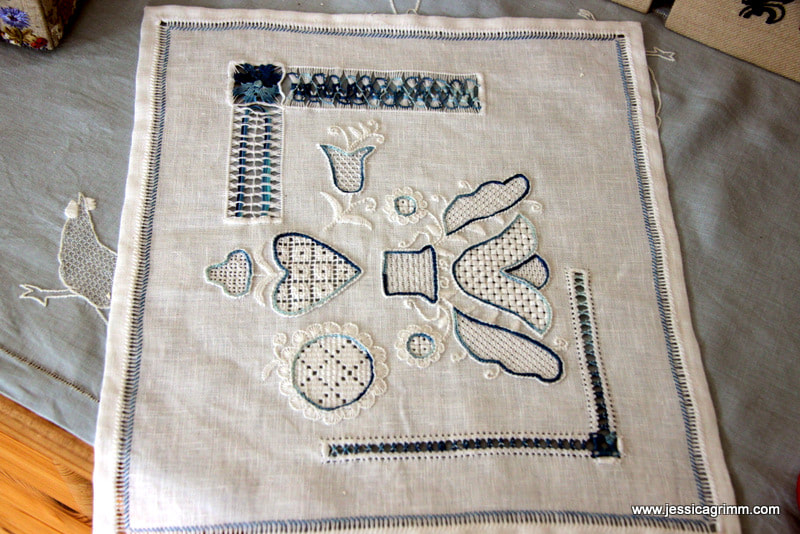
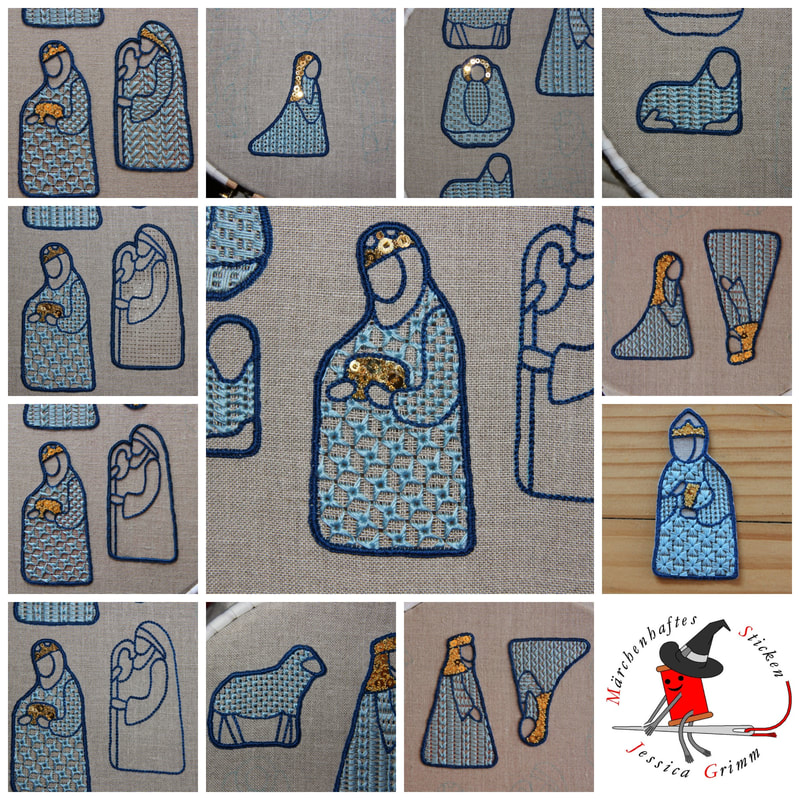
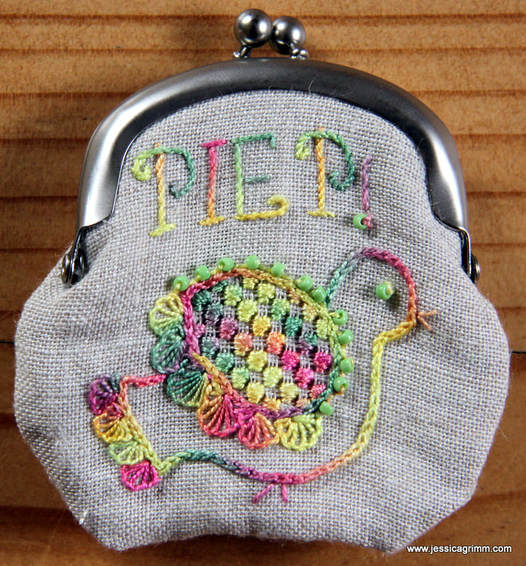
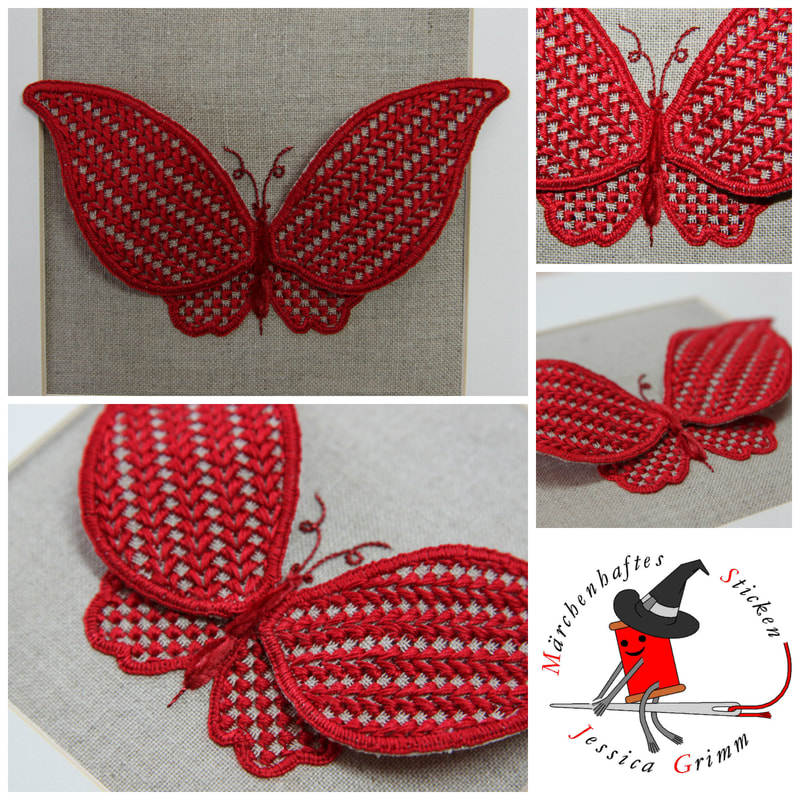
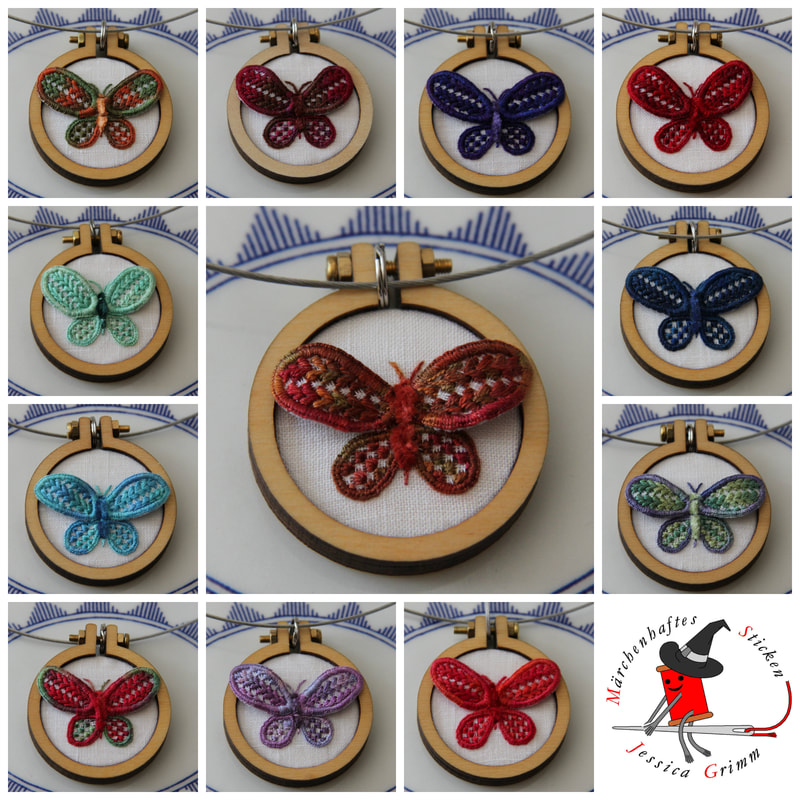
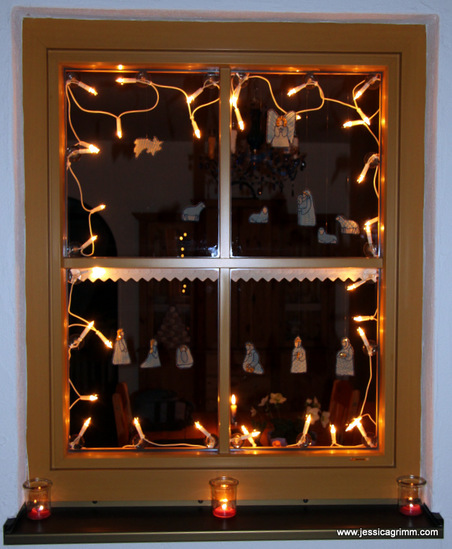
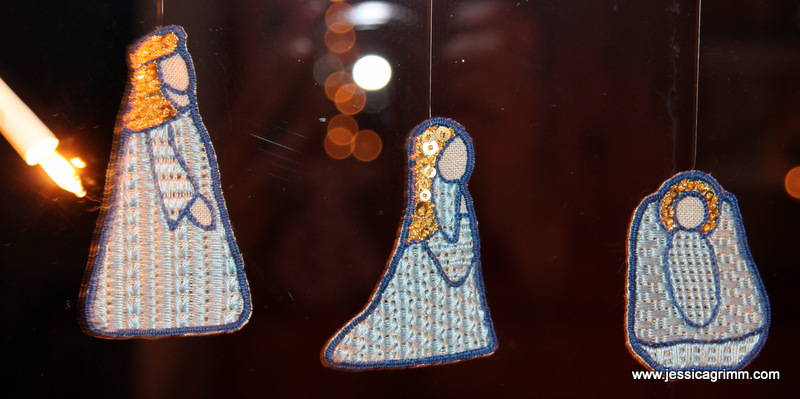
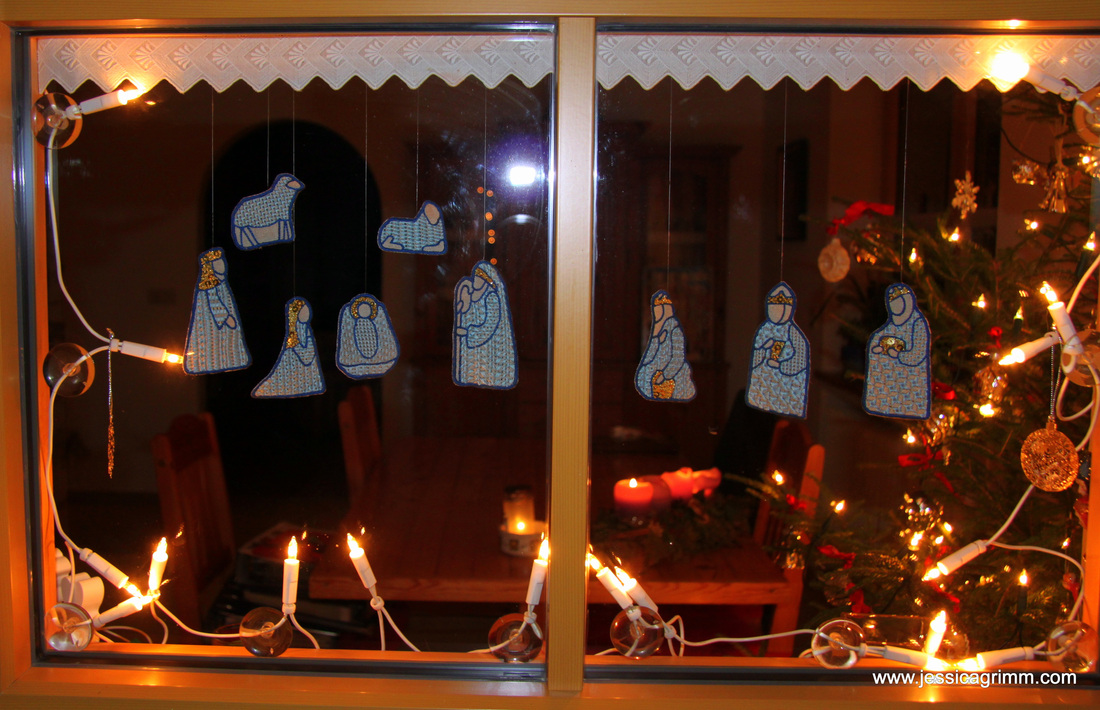
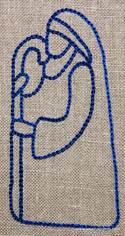
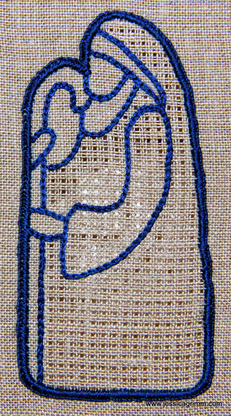
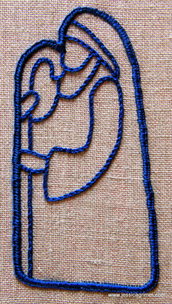
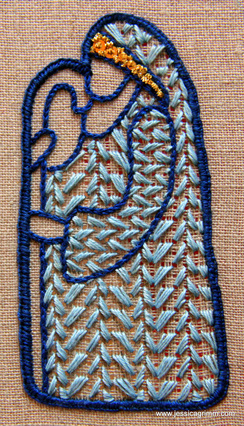
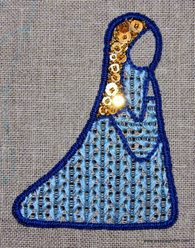
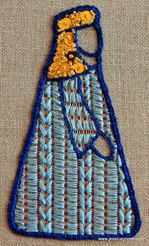
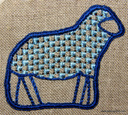
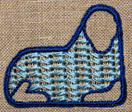
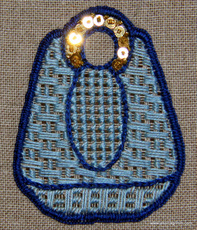
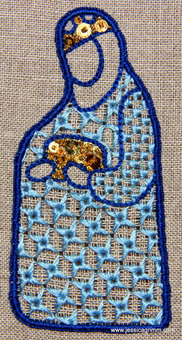





 RSS Feed
RSS Feed